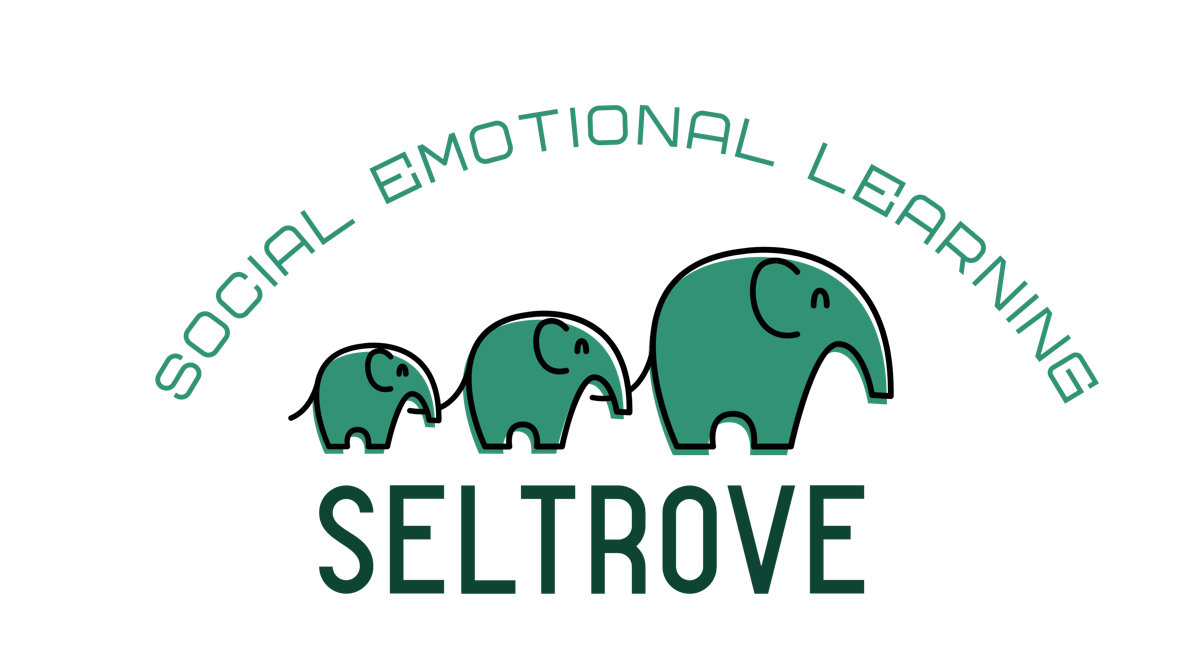
Regulate Before you Educate
Patty McLain
If a student is exhibiting a stress or fear response, teachers need to remember that they are unable to think clearly because the part of their brain that is responsible for logical, rational thought is inaccessible. In order to get students to a place where we can reason with them, we first have to help them regulate (or calm), then we need to relate (or connect) with them, and THEN we can reason with them. The sequence is really important to this strategy because students who are in fight, flight, or freeze mode will not be able to relate until they are regulated and they can’t reason until after they are regulated and feel connected. This idea of regulating before you educate is a trauma-informed strategy that is part of social-emotional learning.
How to Develop and Practice Self-Regulation
"Self-regulation can be defined in various ways. In the most basic sense, it involves controlling one's behavior, emotions, and thoughts in the pursuit of long-term goals. More specifically, emotional self-regulation refers to the ability to manage disruptive emotions and impulses.
In other words, to think before acting. It also reflects the ability to cheer yourself up after disappointments and to act in a way consistent with your deepest held values."
Source: verywellmind.com
Self-regulation Classroom Example
Let’s take a look at how that can look in a classroom that focuses on social-emotional learning. Imagine that one of your students forgot to do their homework and it triggered a fear response because they don’t want to get in trouble in class or at home. They think that you’re going to be mad and they know that their parents will be mad when they see the zero in the online grade book. This particular student tends to have a “flight” response and they get up and try to leave class without permission.
Since you know that they can’t think clearly at this moment, you realize that you need to help them calm down and regulate and you know that movement and space can help them to do that. So, you meet them at the door, calmly explain that you know they are upset, and let them know that they can have permission to leave the room if they follow the accepted protocol of signing out and taking a pass.
When the student returns, you make sure that they are, in fact, calmer. If they still seem agitated, you can encourage them to take a few deep breaths with you before you connect with them in a brief conversation by your desk so other students can’t hear. You check on them, ask if they are okay, and encourage them to reflect on the experience. This time of connection develops positive relationships with the student and the teacher, enhances the emotional skills of the student, and gives the student time to practice relationship skills.
Once the student feels calm and connected, then you can brainstorm possible solutions about the homework so you can agree on an approach that helps everyone involved. This creation of positive goals is vital in social-emotional learning and your students' mental health.
This progress of regulation, relate, and reason ensures that both you and your student have your needs met in a safe, healthy, and productive way, while helping students focus on their academic learning, improving their quality of life, and creating positive school climates.
Activities to Help Children Develop Self Regulation
"How can you help a child develop self-regulation? Here are some suggested activities to help develop self-regulation skills:
- teach self-regulation at a young age – children develop the foundation skills for self-regulation from birth to 5 years old.
- demonstrate and model proper behaviors – this allows children to observe how to choose an appropriate response in different situations. Partner children who lack self-regulation with children who exhibit better self-control to act as role models.
- help children to regulate their attention by providing hints and cues by verbally and/or physically pointing out important aspects of academic or physical activity.
- provide verbal or physical cues to help children to self-regulate their emotions such as “let's stay calm” or allowing a child to go to a quiet area to relax.
- Continually monitor children to determine when adult support can be withdrawn so that the children can learn to be independent in their responses.
- play games that require start and stop skills such as Red Light – Green Light, Freeze Dance, Simon Says, etc
- participate in dance activities where the child needs to move to the rhythm
- play any games that require turn-taking Don't forget, you can always ask an occupational or physical therapist if you have questions about the most appropriate activities for a specific child."
Source: yourtherapysource.com
Final Thoughts
Supporting students through the process of self-regulation improves their emotional skills through emotional learning while creating more equitable learning environments for all your students. How can you use this social-emotional learning tool in your classroom?
Featured links
-
SEL Print Workbooks
-
SEL Lightspeed Schoolwide
-
SEL K-12 Free Sample Guide
-
District Solutions
-
About us
Teacher Resources
Get in touch
-
516 North Ogden Ave, Suite 111 Chicago, IL 60642
-
andy@seltrove.com
-
312-224-2536
Copyright © 2025 Seltrove, An IB Source Education company